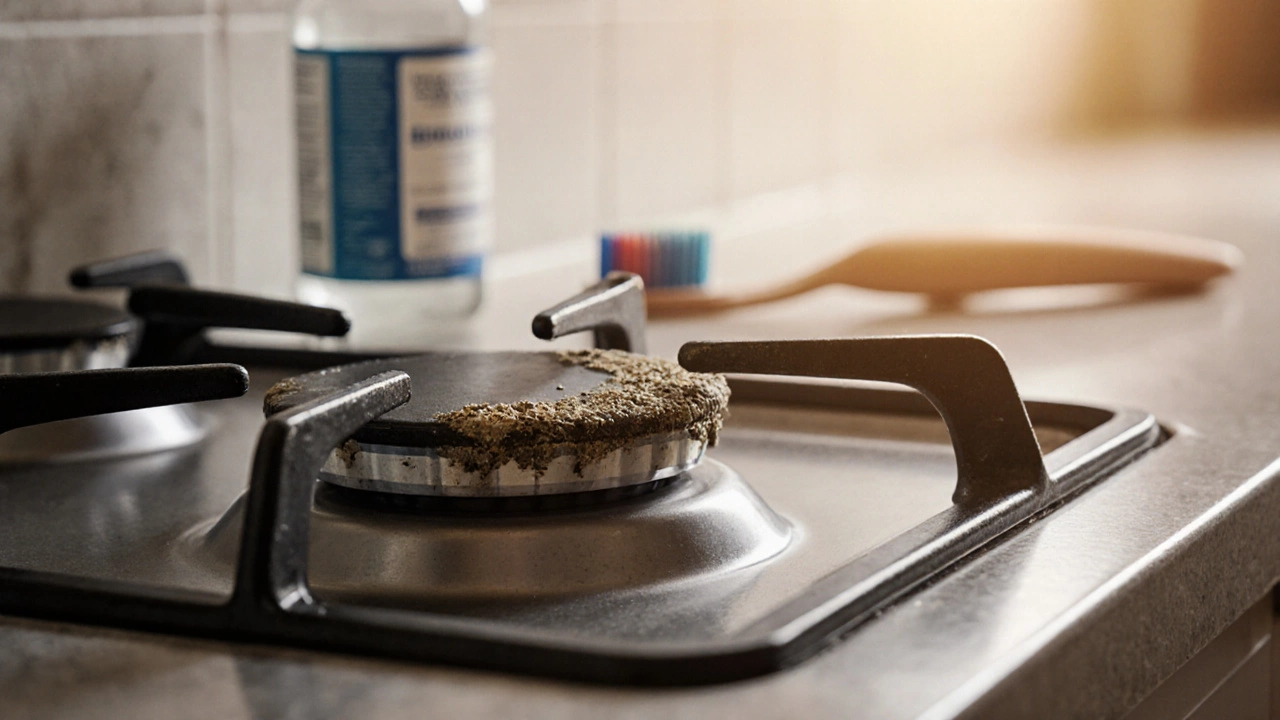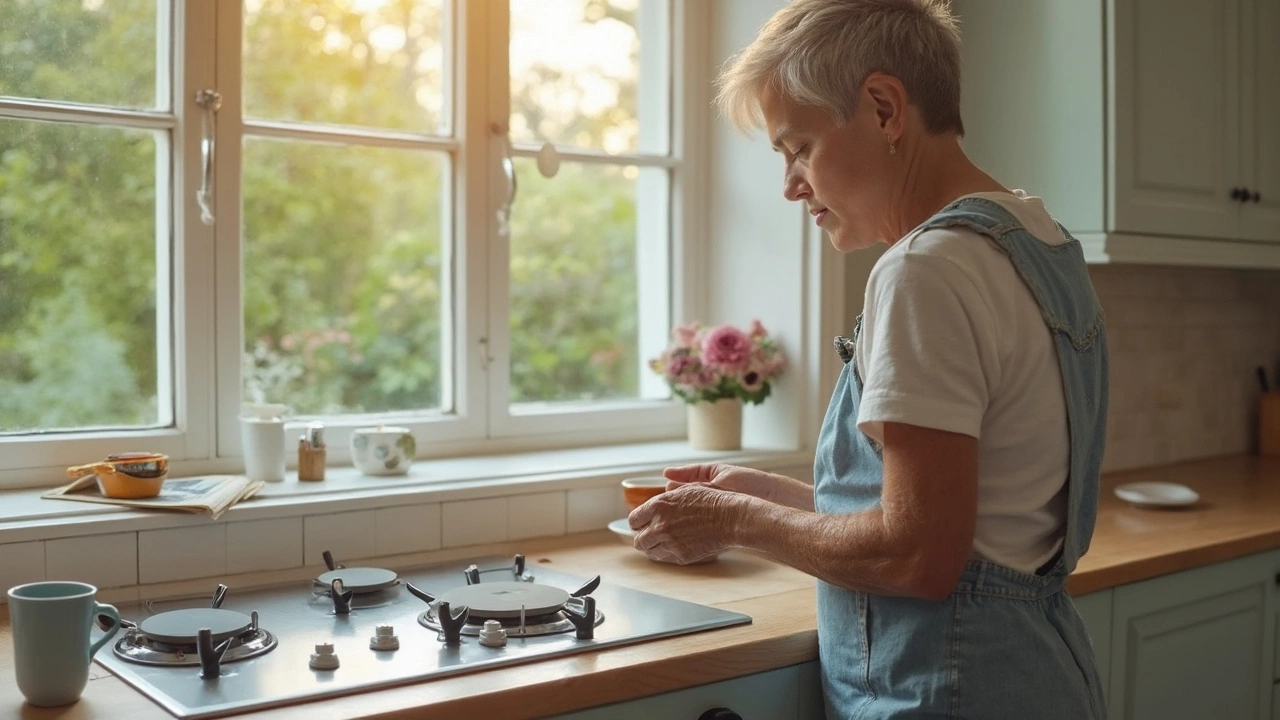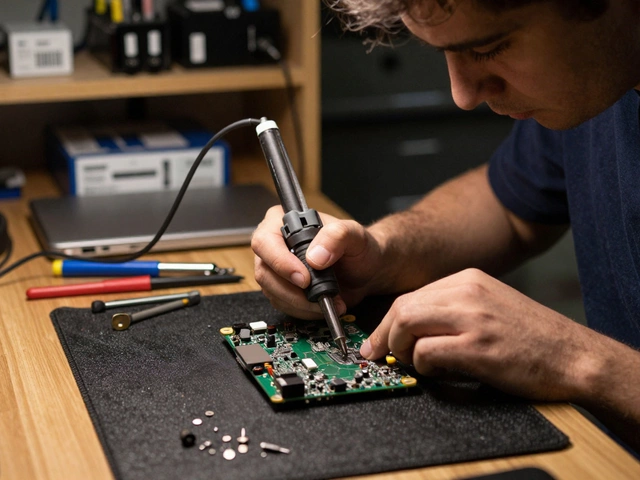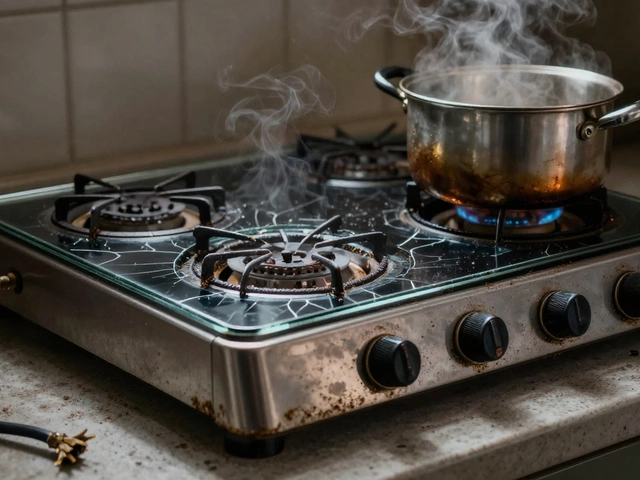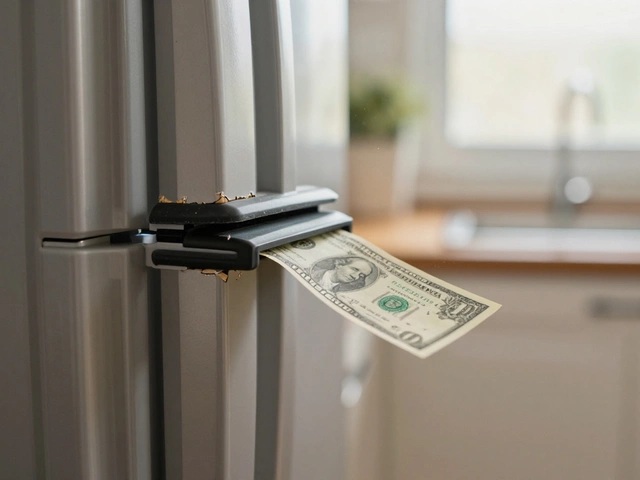Gas Hob Troubleshooting: Simple Fixes You Can Do Today
If your gas hob is acting up, you’re not alone. A sputtering flame, a burner that won’t light, or an odd smell can turn cooking into a headache. The good news is many of these issues are easy to diagnose and fix yourself. Below we break down the most common problems, walk you through step‑by‑step checks, and tell you when it’s time to call in a professional.
What’s Going Wrong? Common Gas Hob Problems
1. Burner won’t ignite – The most frustrating issue is a burner that just won’t light. Often the cause is a blocked ignition spark or a dirty burner cap. Remove the cap, clean any food debris with a soft brush, and check the spark electrode for buildup.
2. Uneven or low flame – If the flame looks weak or yellow, the gas flow might be restricted. This can happen when the nozzle gets clogged with grease or the air‑shutter is out of adjustment. Unscrew the nozzle, soak it in vinegar for a few minutes, then rinse and re‑install.
3. Hissing sound – A continuous hissing noise usually means gas is leaking somewhere. Turn off the burner, close the main gas supply, and check the flexible hose for cracks. If you spot damage, replace the hose immediately – a gas leak is a safety hazard.
4. Smell of gas – Any gas odor is a red flag. Open windows, shut off the supply, and avoid lighting matches. Call a qualified gas engineer to locate and fix the leak before using the hob again.
DIY Steps to Fix Your Hob Fast
Step 1: Safety first – Always ensure the gas supply is turned off before you start any work. Keep a fire extinguisher nearby just in case.
Step 2: Clean the burner – Remove the burner cap and any removable parts. Soak them in warm, soapy water, scrub gently, and dry thoroughly. Re‑assemble and test the ignition.
Step 3: Check the spark electrode – Look for corrosion or food residue on the electrode. Use a fine‑tooth brush or a piece of sandpaper to clean it. A clean electrode produces a strong spark that lights the gas reliably.
Step 4: Adjust the air‑shutter – Most hobs have a small screw near the nozzle that controls the air‑gas mix. If the flame is too yellow, turn the screw clockwise a little to let more air in. Test the flame after each tiny adjustment.
Step 5: Test for leaks – After re‑assembling, apply a soapy water solution to the connections. Bubbles mean air is escaping, which usually signals a gas leak. Tighten connections or replace faulty parts as needed.
If after these steps the hob still misbehaves, it’s wise to get a professional involved. Gas components can be tricky, and a certified engineer will safely handle any complex repairs.
Our site also covers a range of other appliance topics – from oven heating issues to boiler maintenance – so you can find quick fixes for most household gear. Keep this guide handy, and you’ll spend less time worrying and more time cooking the meals you love.
Why Do Gas Hobs Stop Working? Common Causes and Quick Fixes
- Alden Wilder
- Nov 17 2025
- 0 Comments
Gas hobs stop working for simple reasons like clogged burners, dirty igniters, or faulty thermocouples. Most issues can be fixed at home with basic tools. Learn the top causes and how to fix them safely.
View MoreCan Hobs Be Repaired? Your Guide to Fixing Common Hob Problems
- Alden Wilder
- Apr 24 2025
- 0 Comments
Not sure if your hob needs a full replacement or just a repair? This article breaks down what’s actually repairable on most hobs, from dead burners to odd noises and electric issues. Find out which fixes you can handle with a bit of DIY spirit and which call for a pro. Get quick tips to spot problems before they get worse. Don't toss that hob until you know your options.
View More